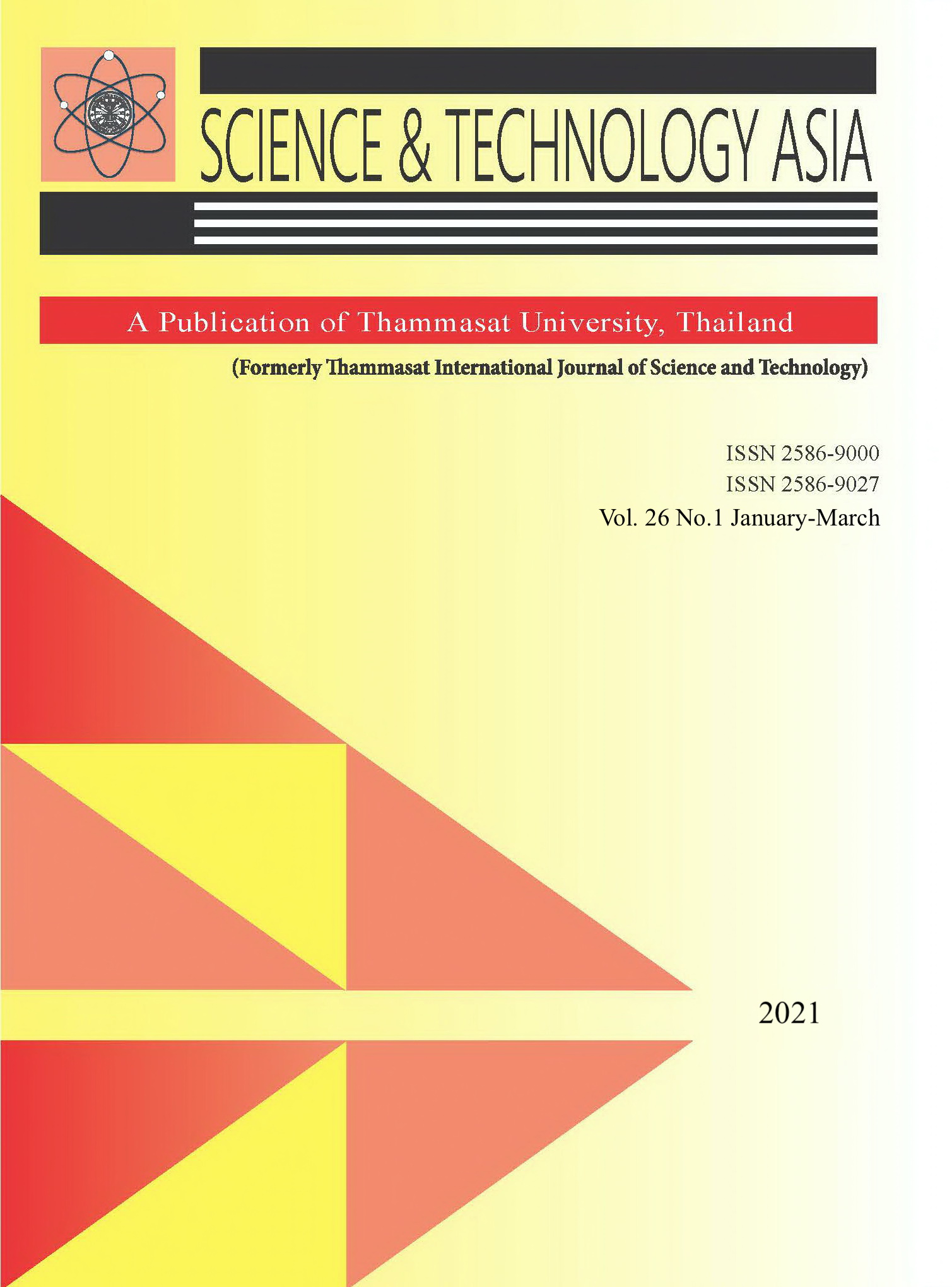Higher Cut-off Value Improves Identification of Heterozygous Glucose-6-Phosphate Dehydrogenase-Deficient Female Neonates
Main Article Content
Abstract
Female neonates heterozygous for glucose-6-phosphate dehydrogenase (G-6-PD) deficiency exhibit variations in enzyme activity due to X chromosome inactivation, and may not be recognized by a fluorescent screening test or a quantitative enzyme activity assay. Given the known association of G-6-PD deficiency with risk of the severe outcome of neonatal hyperbilirubinemia, an accurate identification of heterozygous G-6-PD-deficient neonates is needed. The objective of this study was to measure red blood cell G-6-PD activity in female neonates with identified G-6-PD alleles for the determination of a cut-off value for heterozygous G-6-PD deficient neonates. Residual EDTA blood samples from 334 female neonates were evaluated for G-6-PD deficiency status using a fluorescent spot test (FST), measurement of G-6-PD activity, and detection by multiplex allele-specific-PCR of seven G-6-PD mutations common to northeastern Thailand. A receiver operator characteristic (ROC) curve analysis was employed to determine a G-6-PD activity cut-off value for heterozygous G-6-PD deficiency. FST classified 4.8% and 7.2% of neonates as complete and partial deficiency, respectively. Comparison of G-6-PD activities clearly allowed discrimination between G-6-PD-normal and -deficient neonates, but enzyme activity of G-6-PD-deficient heterozygotes ranged from 0 to 22.7 U/g Hb, covering the activities of deficient and normal groups. ROC curve analysis indicated a G-6-PD activity cut-off of 15.4 U/g Hb for identification of G-6-PD-deficient heterozygotes. Prevalence of G-6-PD deficiency determined by this cut-off value was comparable to the prevalence of G-6-PD mutations, 37.4% and 35.6%, respectively. The established cut-off value improves identification of heterozygous G-6-PD-deficient female neonates, who, together with those with frank deficiency, are at risk of developing severe neonatal hyperbilirubinemia.


